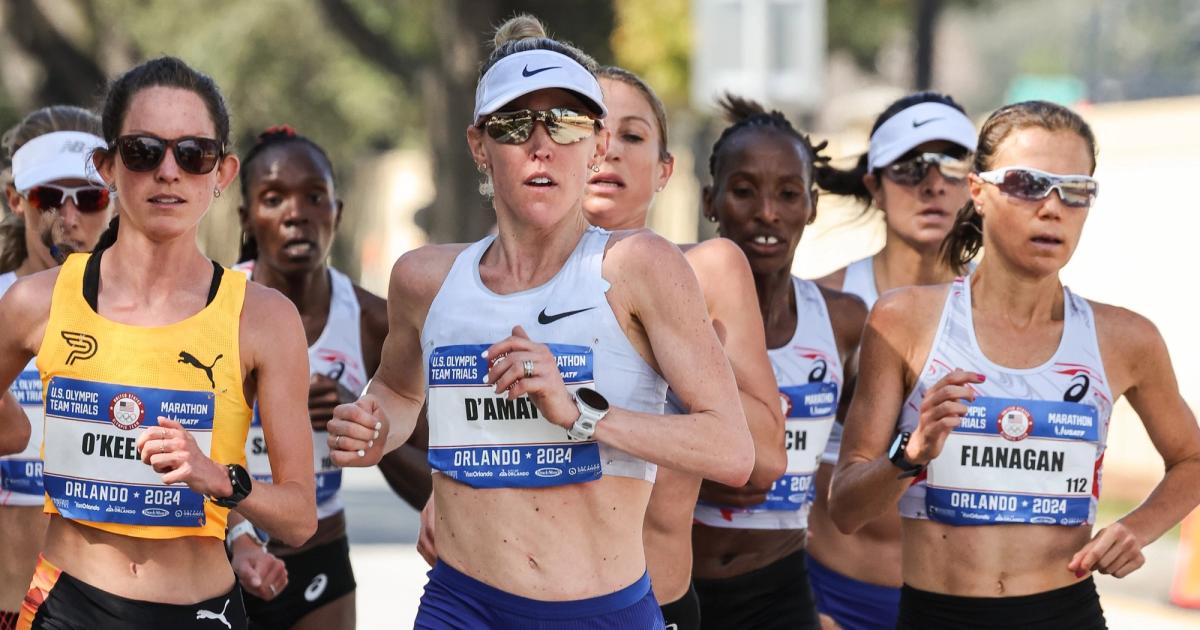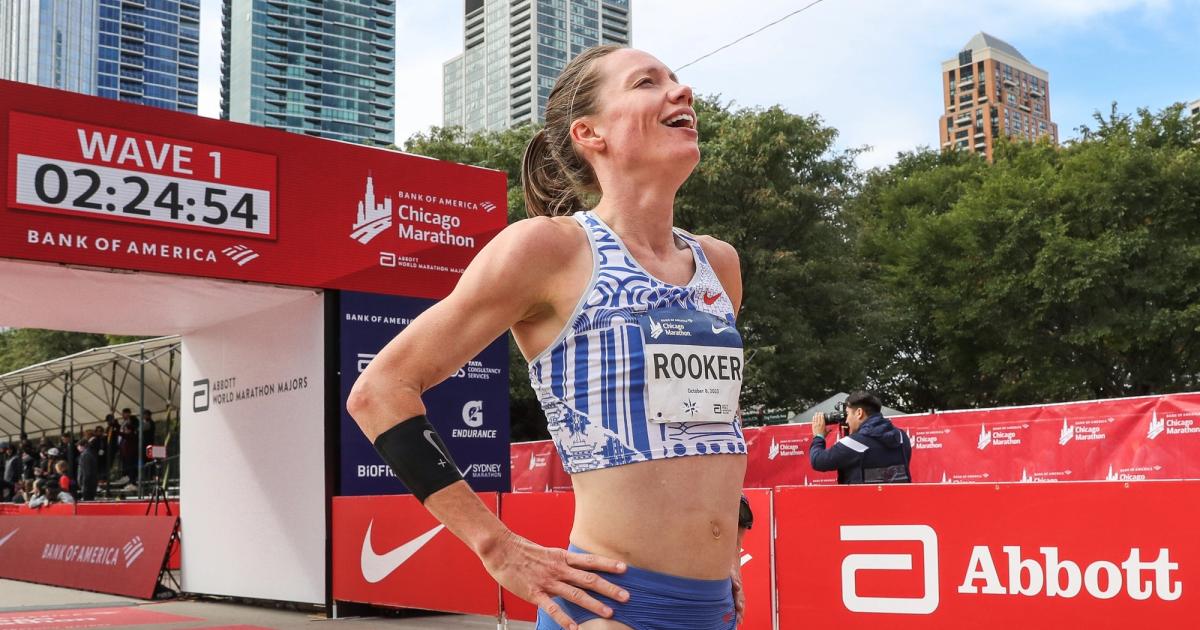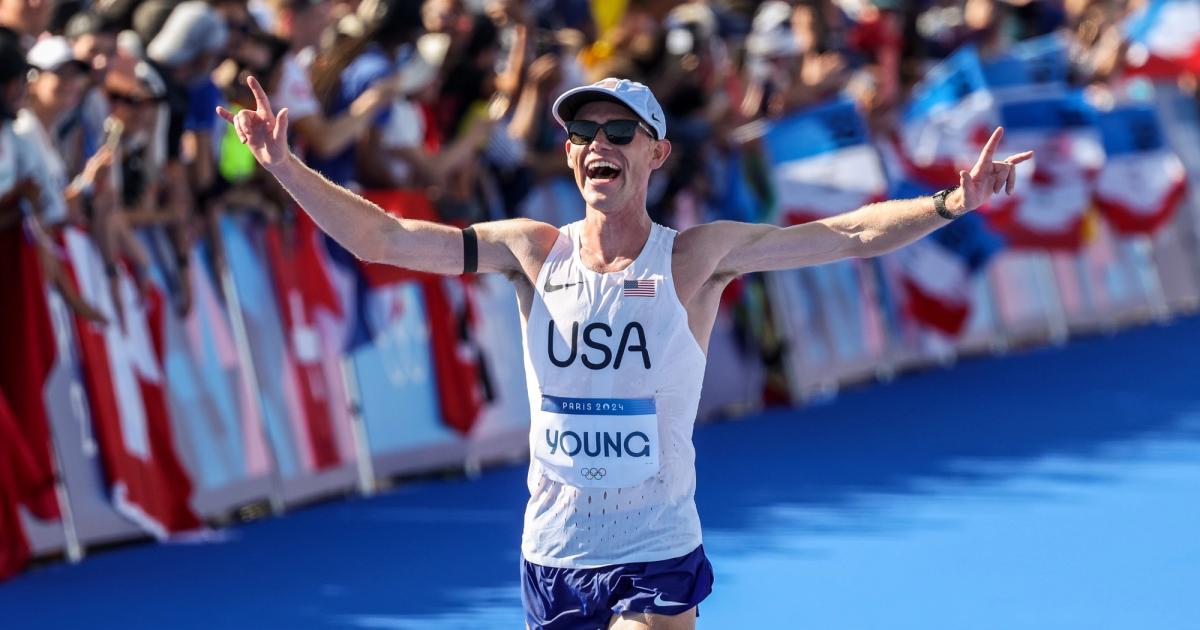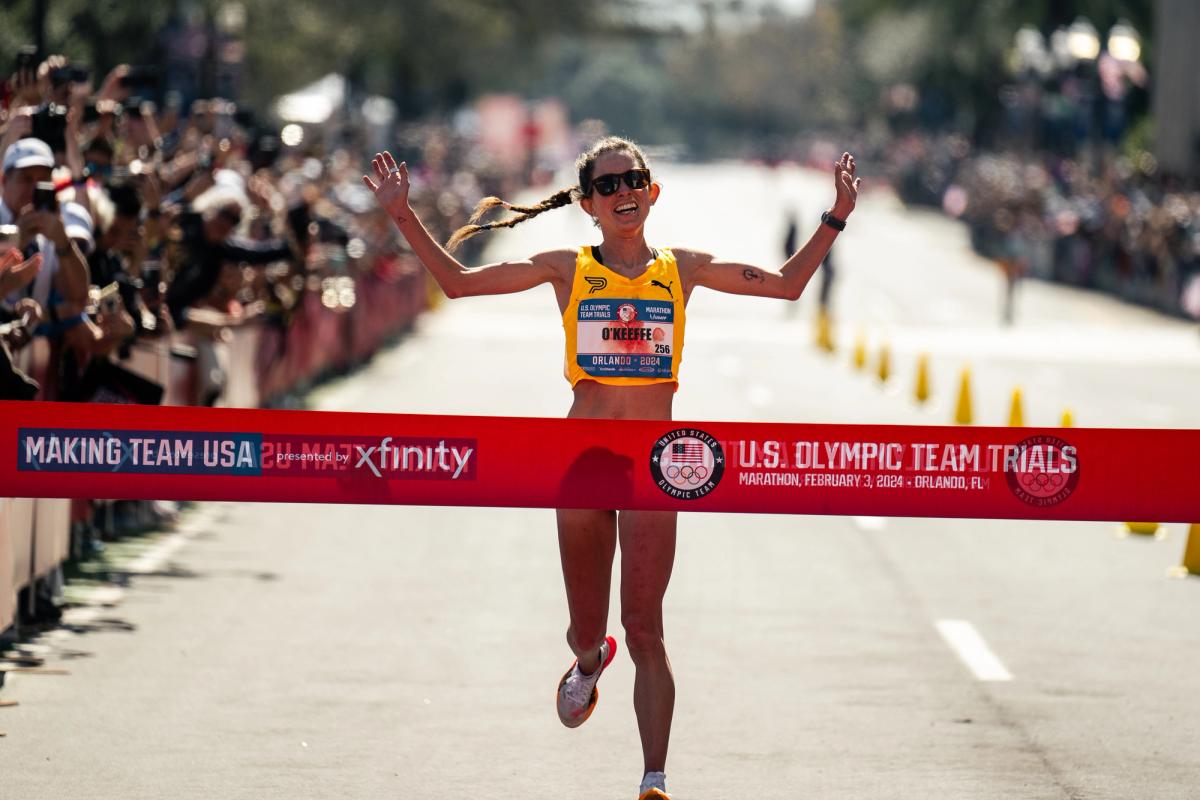By David Melly
October 9, 2024
The Olympics are done. The Olympic Marathon Trials are an increasingly hazy memory. And barely any Americans ran September’s Berlin Marathon. So as we gear up for the next two major events on the U.S. road racing calendar – Sunday’s Chicago Marathon and next month’s New York City Marathon – let’s take stock of the current state of American marathoning.
In some ways, we’re coming out of the U.S.’s best decade of marathoning in the modern era. 2015 to 2024 saw two Olympic medals (Galen Rupp in 2016 and Molly Seidel in 2021), one World medal (Amy Cragg in 2017), three WMM titles (Shalane Flanagan in NYC 2017, Galen Rupp in Chicago 2017, and Des Linden in Boston 2018), and two national records (Keira D’Amato in Houston and Emily Sisson in Chicago, both in 2022). After a down period for American men running fast times, seventeen men have broken 2:10 since 2015.
But 2024 has been a fairly quiet year. A huge part of that is the intense focus that top Americans place on the Marathon Trials, which took place in February and essentially supplanted any of the usual focus on Boston. (That said, between Boston, London, Berlin, and the Olympics, the highest American finish across all four races is CJ Alberton’s 7th-place run in Boston.) The current U.S. men’s leader, Conner Mantz, is 140th on the 2024 world list at 2:08:12. Betsy Saina is quite a bit higher, sitting in 18th at 2:19:17, but that was only good for 5th in the Tokyo Marathon. All that could change in a few days with Saina, Keira D’Amato, Emma Bates, and Sara Hall all toeing the line in Chicago, but this year, we haven’t seen the level of podium-caliber performances we’ve gotten used to.
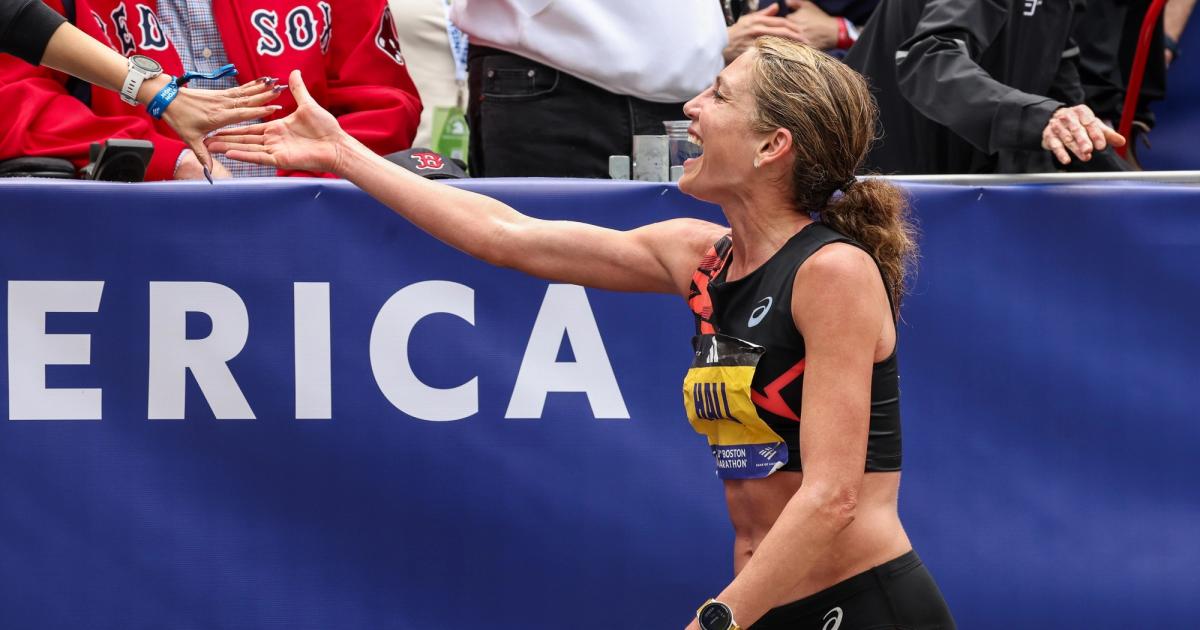
Kevin Morris / @KevMoFoto
The same factors that have contributed to the U.S. leveling up – strong talent development, advancements in shoe technology and fueling, and more runners shifting to the roads at an earlier age – are true for the rest of the world. When it comes to international-level contention, 2:02 is the new 2:04 and 2:16 is the new 2:20. And while Americans have recently punched above their weight when times are thrown out and titles are on the line, as the Paris results showed, on a tough, hilly course a “tactical” race can still require the ability to run really, really fast.
Runners like Edna Kiplagat and Sinead Diver have us reconsidering the range of one’s athletic prime, but even for seemingly ageless wonders, the tread does eventually wear off the tire. So while we celebrate the ascension of new talents in the U.S. marathoning pool, we’ll also wonder whether reliable veterans like Rupp or Hall will toe the line for the 2028 Trials. We’re sitting on the precipice of a new era – here are three big questions on our minds:
Will fielding a full squad at major championships continue to be a battle?
In case you missed it in the buildup to the Paris Olympics, the 2025 World Championships qualifying standards dropped and they’re, in a word, insane. In a continued bid to fill the fields with a healthy mix of time qualifiers and world rankings points, the new marathon automatic standards are 2:06:30 (men) and 2:23:30 (women). With the way things are trending on the U.S. women’s side, 2:23:30 may winnow down the list of possible contenders in the selection process, but securing three spots shouldn’t be too much of a problem. At least three runners have dipped under that line in the last three seasons.
On the men’s side, however… our Lenny Korir-induced anxiety isn’t going anywhere any time soon. Only three U.S. men EVER have run under 2:06:30, and only one of them – 38-year-old Galen Rupp – is active right now. What this means is that American men looking to unlock spots for Team USA are going to have to either run a lot faster very soon or start paying a lot more attention to the arcane world rankings system. Pursuing the second route may mean venturing out of the comfort zones – and away from generous local appearance fees – of two domestic marathon appearances a year. There are more points to be scored by poring over the World Athletics calendar in search of high-value races around the world and racing more frequently in the hopes of popping off a Big One while the rest of the field has an off day.
Are the American records living on borrowed time?
One of the older U.S. track and field records on the books is Khalid Khannouchi’s 2:05:38 from the 2002 London Marathon ( Ryan Hall’s non-record eligible 2:04:58 is well over a decade old now, too). In 2018, when Rupp ran 2:06 twice in one season, it seemed like a foregone conclusion that the multi-time American record holder on the track would soon knock Khannouchi off the top spot, but Achilles surgery and a back injury over the last few years have kept Rupp from fully delivering on that promise. Most would point to Conner Mantz as the brightest hope. His 2:08:12 on that hilly Paris course is inarguably a stronger run than his 2:07:47 PB from Chicago ‘23, but he’s still a good 2+ minutes away from the record. Mantz certainly has plenty of time left to develop at 27 years old, but it may take a little while for another American to get to the six-years-ago-Rupp zone, let alone national record territory.
The women’s side, however, is a whole different story. The American record was broken twice in the last three seasons, and 32-year-old Emily Sisson, its current holder, has (hopefully) a solid decade ahead of her to chase her own mark. Sisson and any others aiming for 2:18:29 or faster will also benefit from the still-growing depth atop women’s marathoning. As more and more athletes have shown themselves capable of sub-2:18 over the last several years, chasing a record-setting time in a women’s-only field won’t necessarily mean running a lot of miles solo.
Who are the next great American marathoners?
The most surprising part of Conner Mantz and Clayton Young’s rise to the top of the U.S. marathoning heap isn’t that the duo qualified for their first Olympics and ran the two fastest times of 2024; it’s how easily the Utah-based training partners dispatched with their competitors in Orlando. Combined with their top-10 runs in Paris, it’s easy to look at their results and their ages (Young, the elder of the two, is 31) and assume that their spots on Team USA are spoken for for the next five or six global championships.
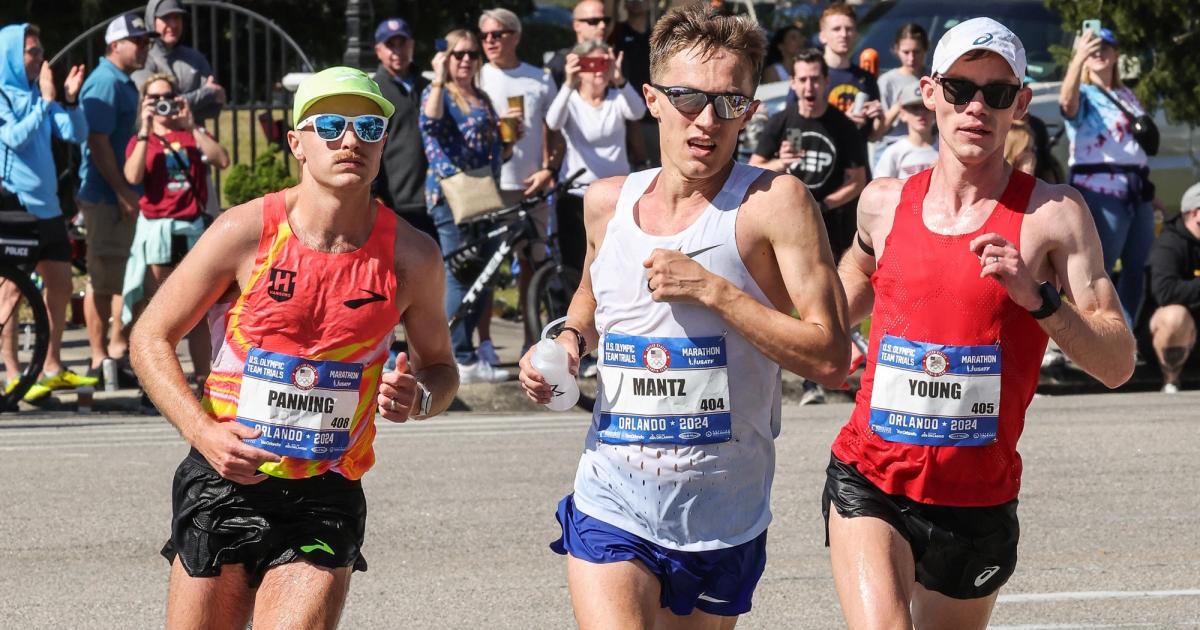
Kevin Morris / @KevMoFoto
But marathoning is far more variable than track: difficulties with fueling or tactics, and the injury bug have derailed the careers of many promising road warriors. Mantz and Young are the top dogs at the moment, but it’s not hard to imagine talented workhorses like Frank Lara or Zach Panning breaking through to the next level at the right time, CJ Albertson finally reigning in his more reckless instincts, or… most intriguingly, any number of current 10,000m specialists moving up in distance. Obviously, the flashiest name there would be 2x Olympic medalist Grant Fisher, but at 27 years old and still in the peak of his track career, it’s unlikely he would make the jump in the next cycle.
On the women’s side, the list of most hotly anticipated marathon debuts is headlined by Weini Kelati, the U.S. 10,000m champion and half marathon record holder. Kelati is also only 27 and just made her first Olympic team on the track, but if there’s anyone who’s already shown she has the makings of a marathoner, it’s her. Of course, when she does inevitably move up she won’t be handed the crown by default – not if Emily Sisson, Molly Seidel, and Fiona O’Keeffe have something to say about it. Sisson isn’t going anywhere any time soon and, when Seidel and O’Keeffe are fully healthy, they’ve shown the ability to contend with (and beat) anyone else on the scene. And though her marathon debut didn’t go quite the way she wanted, another runner in the “10K is just the beginning” category to keep an eye on is O’Keeffe’s teammate Natosha Rogers. Over the last few seasons, we’ve had an embarrassment of riches on the women’s side of the event, and that sense of overcrowding at the top isn’t about to dissipate anytime soon.
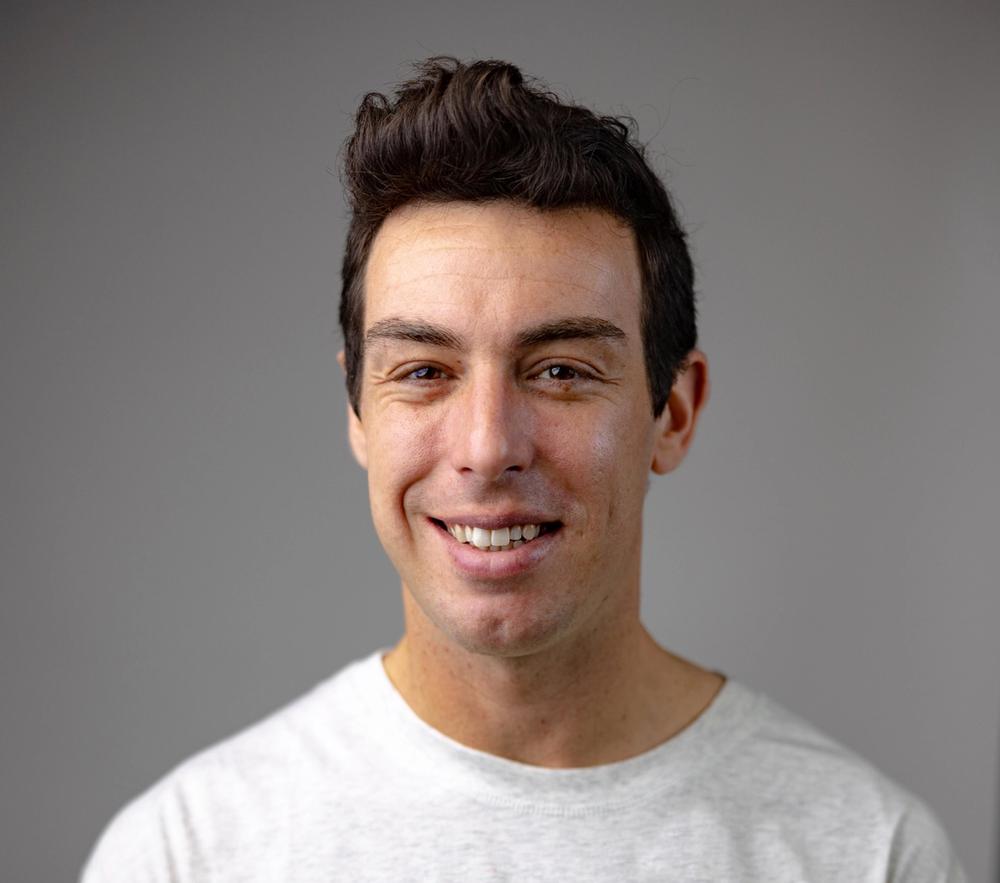
David Melly
David began contributing to CITIUS in 2018, and quickly cemented himself as an integral part of the team thanks to his quick wit, hot takes, undying love for the sport and willingness to get yelled at online.
